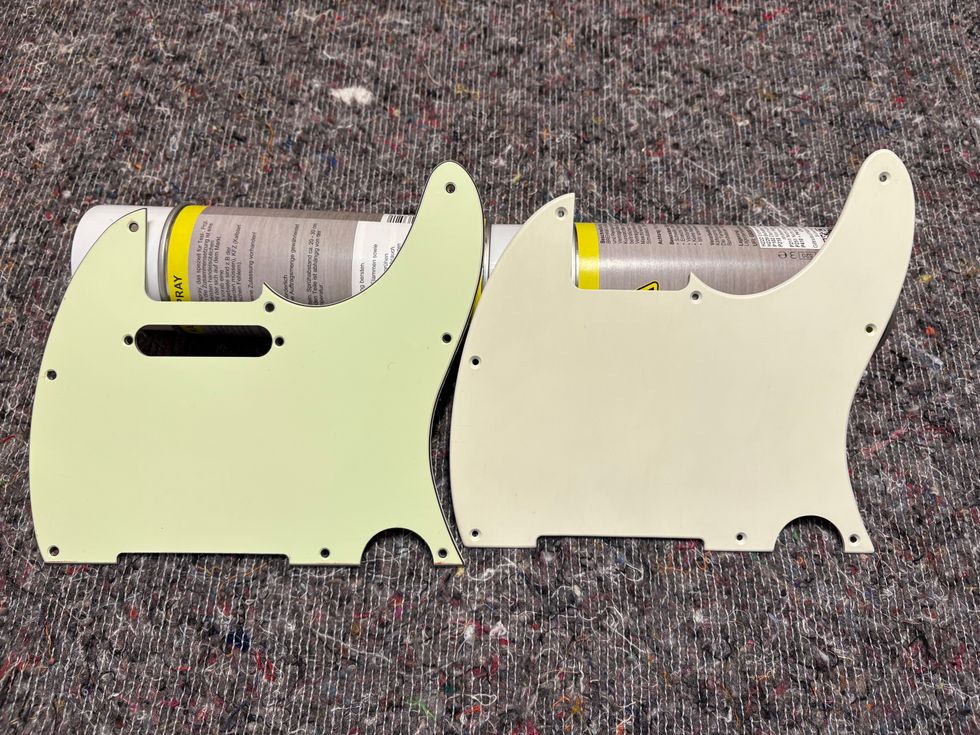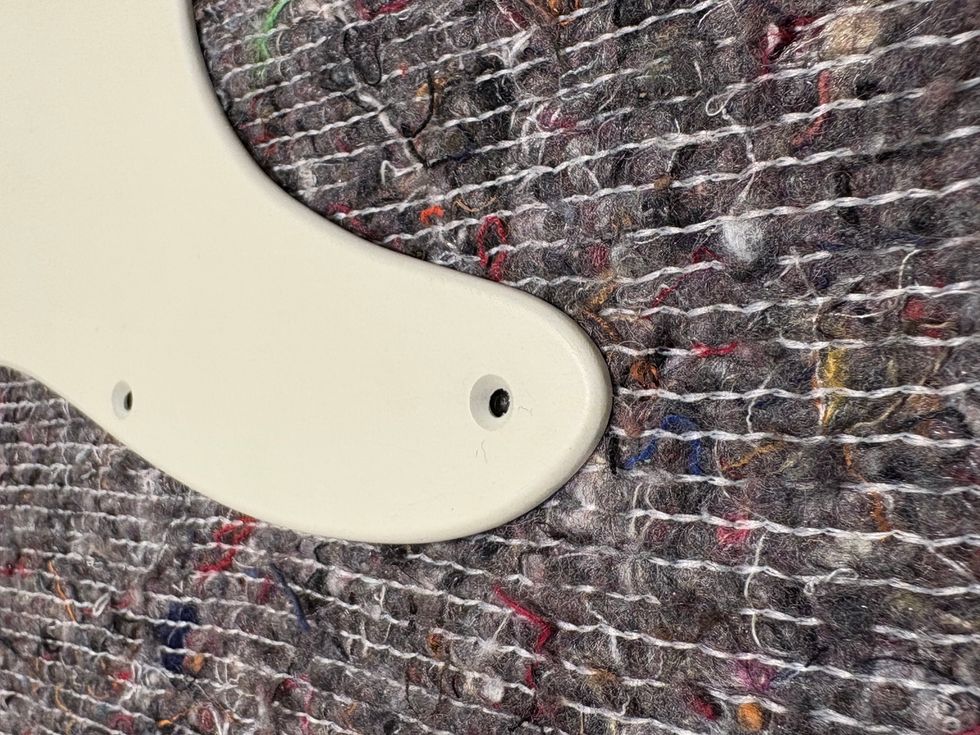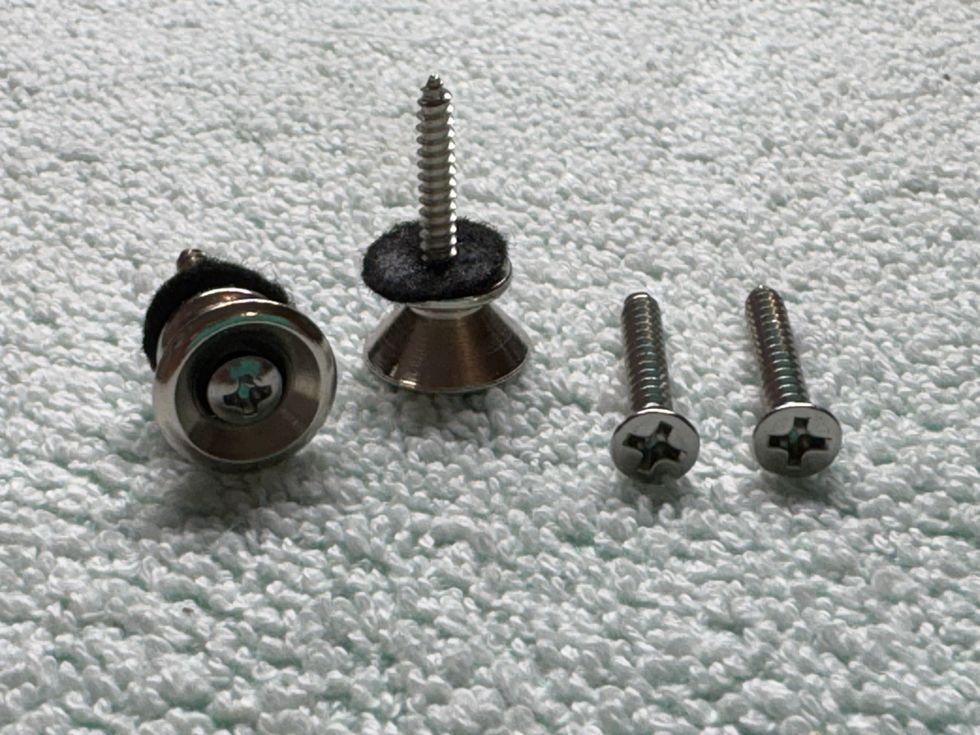 |
| I have a question about Variac transformers. I want to experiment with them, but my main distortion comes from a rackmounted Rocktron Piranha preamp with 12AX7 tubes and several older, heavily-modified Traynor amplifiers that use 12AT7 tubes on the input stage – mostly 25-50 watters. If I connect the power supply from my preamp and amp to a Variac transformer, will I be able to get the brown sound? Would this harm either one in any way? I would then plug this signal into a Koch Load Box II attenuator. My main concern is the rackmount preamp, which I believe has a high voltage toroidal transformer. Regarding the Variac and attenuator combo, would I be able to use both of them at the same time so this signal could be sent to the effects processor? Thank You! Hector Tamm |
Hi Hector,
You pose an interesting question here – I think we’ll emerge with an equally interesting result.
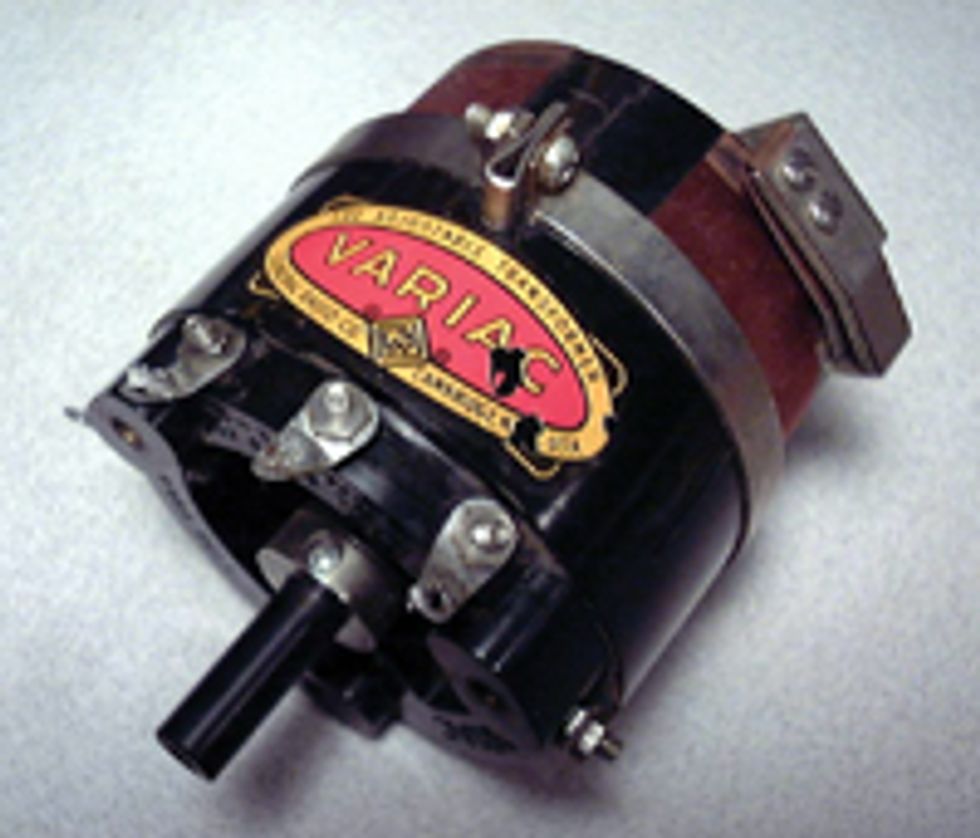 First, for those who are unfamiliar, a Variac is a device that can be used to raise or lower the line voltage to any device. Connecting this to a standard tube guitar amplifier and varying the AC voltage can definitely change the tone and response of the amp. There are, of course, various rumors that a certain guitarist achieved his famous “Brown Sound” using this device, with some alluding that the voltage was raised and others stating that the voltage was lowered.
First, for those who are unfamiliar, a Variac is a device that can be used to raise or lower the line voltage to any device. Connecting this to a standard tube guitar amplifier and varying the AC voltage can definitely change the tone and response of the amp. There are, of course, various rumors that a certain guitarist achieved his famous “Brown Sound” using this device, with some alluding that the voltage was raised and others stating that the voltage was lowered. Either direction can have a substantial effect, but raising the voltage, in my opinion, is the far more frowned upon option and can be detrimental to the health and well-being of the amplifier. Raising the line voltage 10 volts could easily raise the amp’s internal high-voltage (B+) 40 volts or more. While this could result in a brighter, “gainier” preamp and a louder, tighter output stage, it could also place the voltage beyond the maximum recommended operating limits of the tubes and other components in the amp, causing the utterance, “It sounded really great right before it blew up!”
Lowering the voltage, while having its own collection of technical critics (the filament voltage will be too low, the electrons will be stripped from the plates, etc.) is a far safer option in my opinion and yields a sound that is slightly darker and more compressed. I personally ran a 1969 100- watt Marshall on approximately 95 volts for a couple years and it will still tear down walls! Now that you have an understanding of what the Variac can do, let’s assume you’ll use the Variac to lower the mains voltage and see how that will affect the gear in question.
You state that the Rocktron unit uses 12AX7 tubes and that’s great. Lowering the voltage on a 12AX7 can result in a smoother, darker, more “brown” sounding tone. The problem here is that the unit also utilizes many other solid-state components in its operation, and these can be adversely affected by low operating voltage. Not only will any op-amps and transistors change their gain and tone, but if the regulated voltages on any logic type of circuit – switching, MIDI, etc. – drop below a necessary level, the unit will cease to function properly. This is obviously a situation I’m sure you would like to avoid, so running the Piranha with a lower voltage from the Variac is not an option you should explore.
Now let’s look at the effect the Variac may have on the tube power amps. I’m assuming that the Traynor amps you mentioned are either straight-up power amps or guitar amplifiers with a “power amp in” jack that lets you access just the power amplifier section of the amps. Either way, if you know for sure that they are a pure tube design and not some sort of “hybrid” (a mix of both tube and solid-state), then running these units on a reduced voltage from a Variac should yield a tone that is a little smoother and more compressed. Because the B+ voltage is lowered, this will also reduce the amount of power that can be developed by the output tubes.
Let’s now analyze the system as a whole, with the Variac controlling only the power amp component. We have a preamp that is running normally with no negative effects caused by reduced voltages and a power amp where the output response and power level can be altered via a reduction in voltage. Here is the result you may find interesting: this scenario is the basic concept behind the circuit known as power scaling and has recently become a popular guitar amp modification. The biggest difference is that the power scaling circuitry allows the B+ to be lowered independently of the filament voltage, which allows for a far greater reduction of B+ and the output power of the amp. With a Variac there will come a point where the amplifier will cease to function due to a lack of sufficient filament voltage to warm the tubes.
So there you have it. The use of the load box/attenuator should have no affect on the operation of the system, Variac or no Variac. Now, brown it on one side and rock!
Jeff Bober
Co-Founder and Senior Design Engineer – Budda Amplification
jeffb@budda.com
www.budda.com
©2007 Jeff Bober





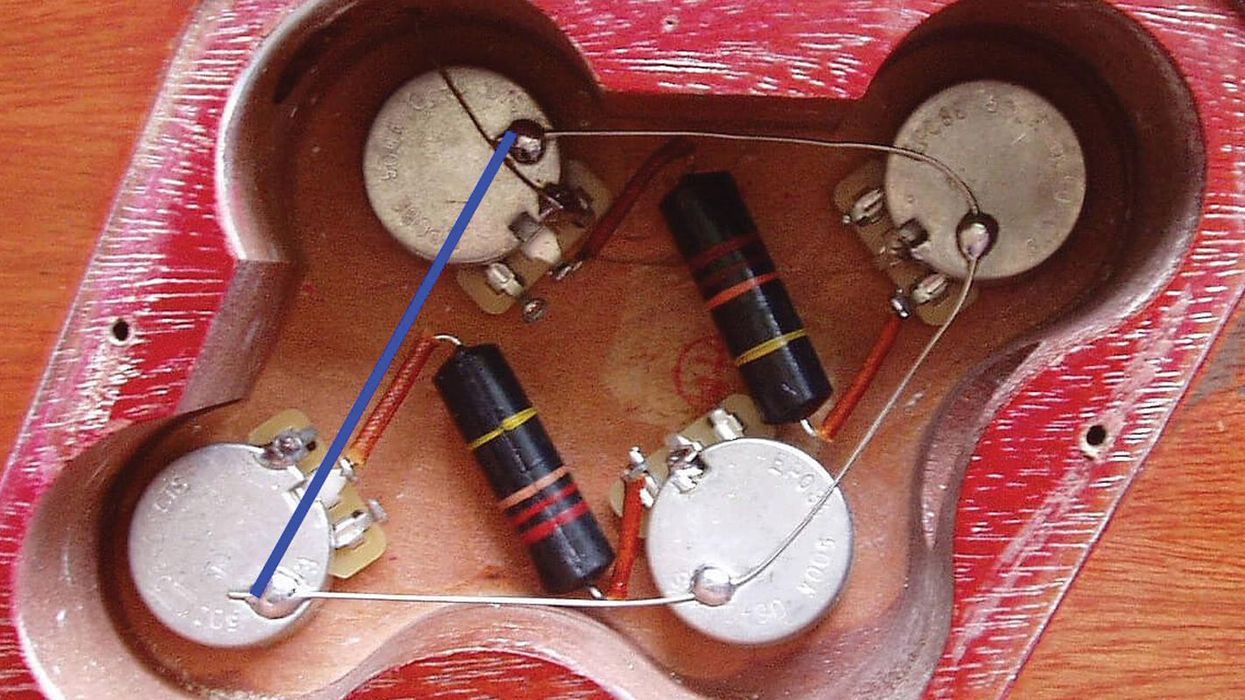
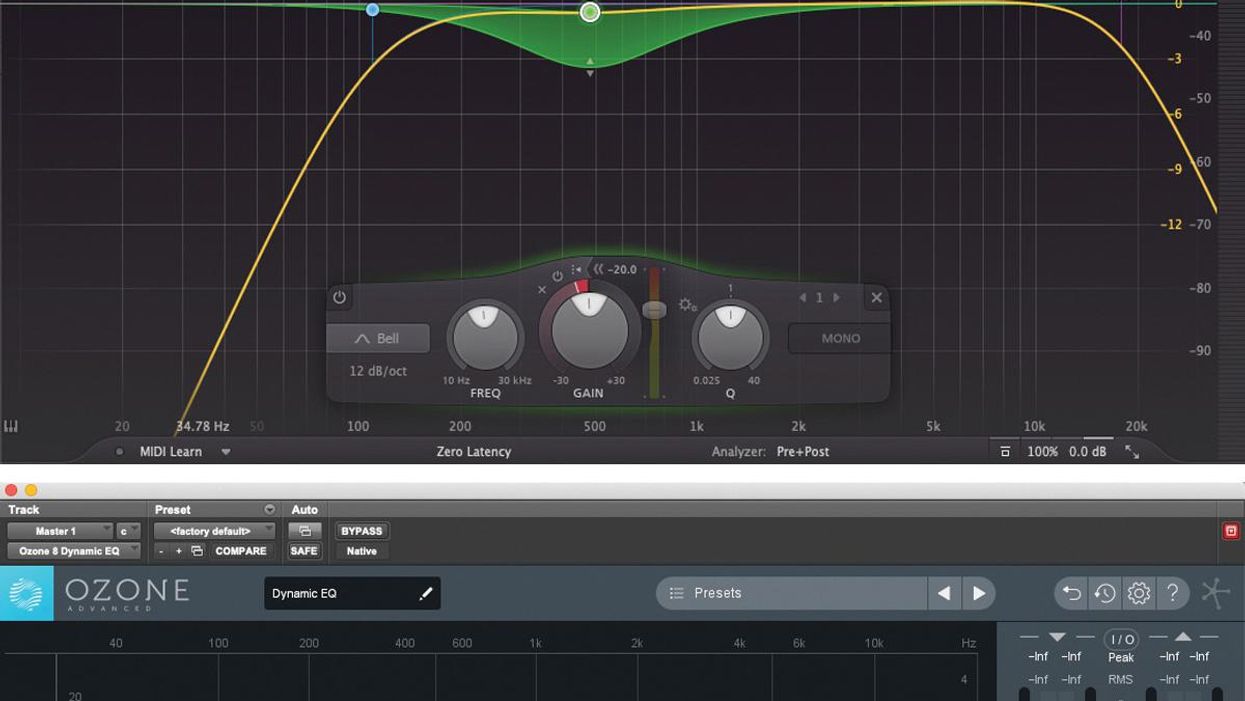




![Rig Rundown: Russian Circles’ Mike Sullivan [2025]](https://www.premierguitar.com/media-library/youtube.jpg?id=62303631&width=1245&height=700&quality=70&coordinates=0%2C0%2C0%2C0)



